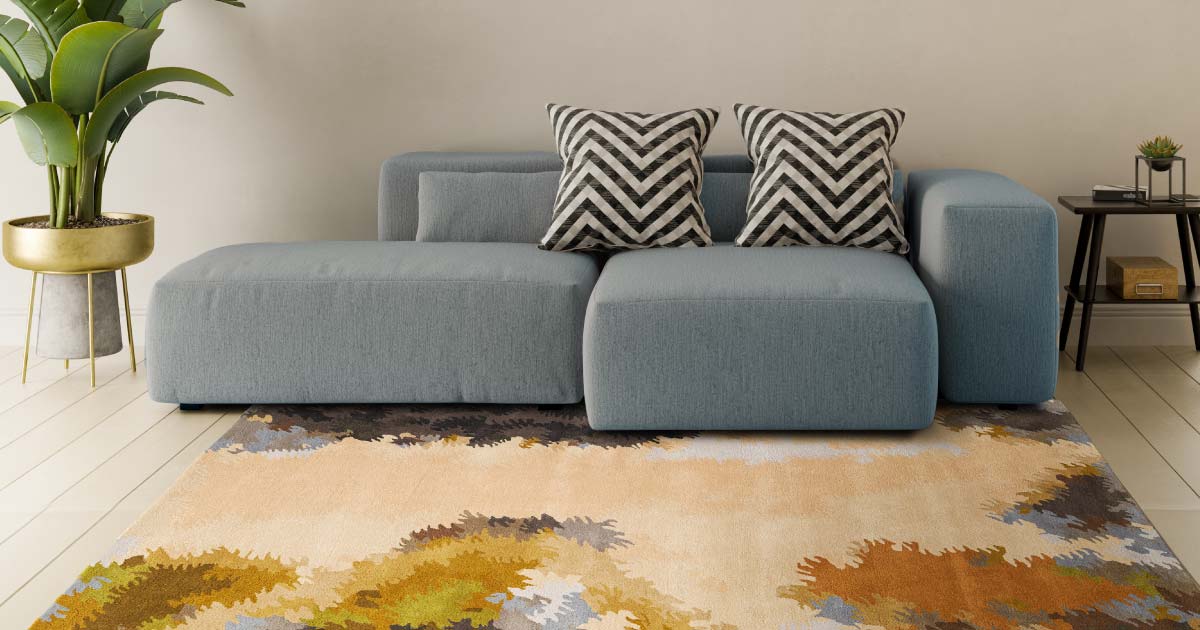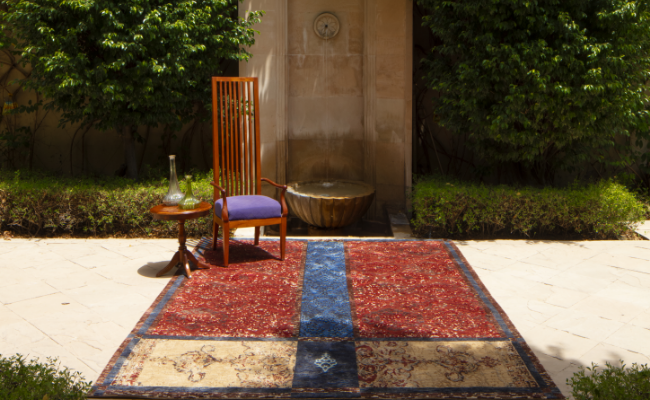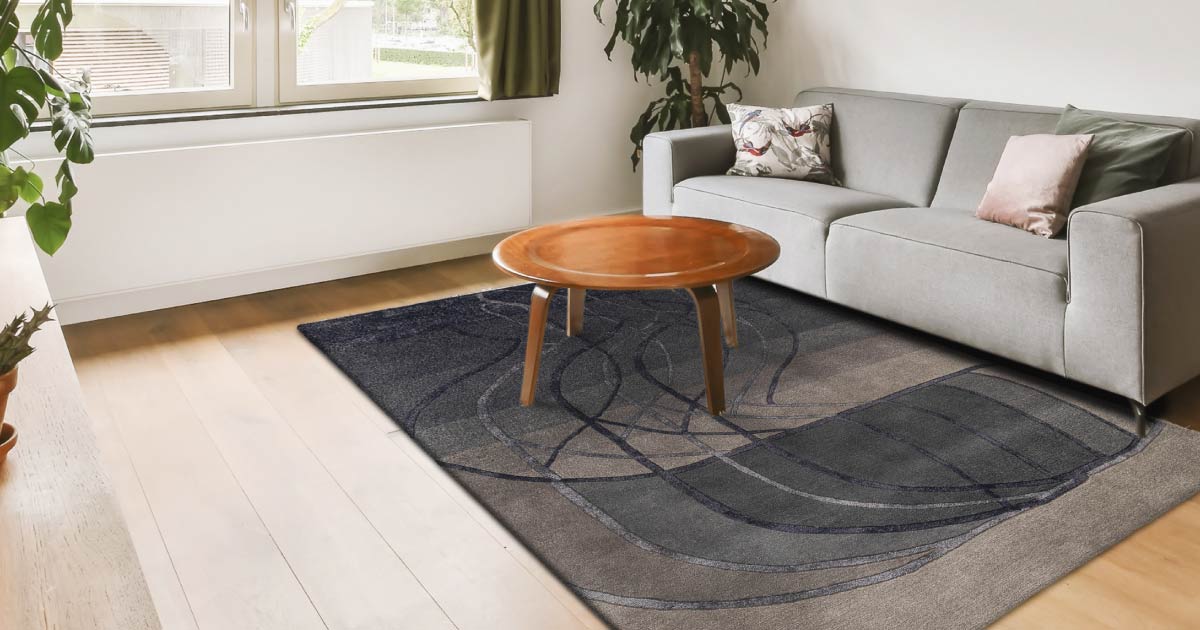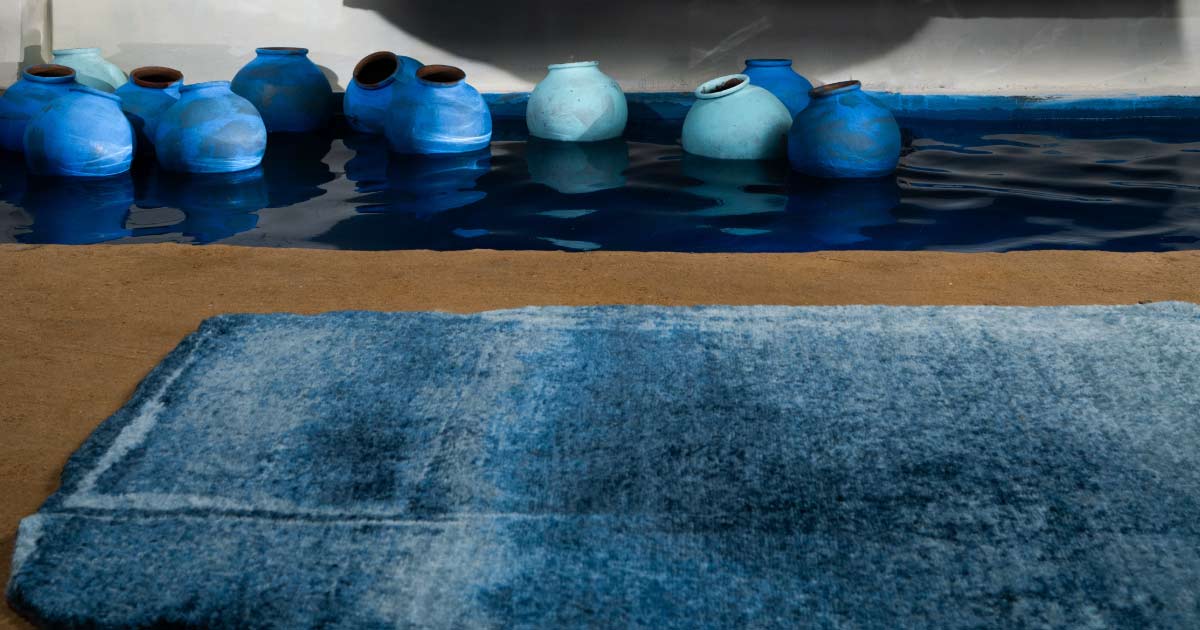
Rug Terminology Demystified: A Glossary for Shoppers
You might often find yourself standing clueless or maybe seeking help from the internet if you are ever out without some basic research. Irrespective of the activity you wish to be a part of/ perform, it is necessary and always good to browse through information to at least understand the basics of it. Eg- No layman would know the meaning and importance of RAM unless he has researched an electronic device he/she wishes to buy.

Seeking basic knowledge or carrying out the necessary in every realm. When you step out shopping for clothes, you are pretty sure what you wish to buy and have a thorough knowledge of the details of the outfit. Obviously, because you have carried out some research. Talking about shopping, one thing that we have often noticed is that customers, when they come to us seeking rugs, often stand blank when we are explaining the details. It is after our thorough explanation they decide what to purchase. As comfortable as we are for educating our customers, we think that it will be even better for them if they have some basic understanding of certain rug terms. Standing to our customer service standards and on our duty to educate all of you regarding carpets, here is a list of terms and their meanings that might enhance your next rug purchase.
1. Carpet Type-
-
Tufted- A category of carpets that comes with a fiber backing to hold the multiple piles of yarn woven together using a loom. It's made with a fusion of man and machine. The artisan needs a set of skills to operate the loom with his/her hands, while the machine tufts the carpet together, later followed by the application of the fiber backing.
-
Knotted- Crafted on a vertical loom, entirely by the hands of the artisan(s), a knotted carpet is also known as an oriental rug. Each fiber of the carpet is knit by hand and entwined together in knots. Knotted carpets are the oldest form in decor history. They not only take a lot of time and effort to be made but also are expensive compared to other carpets.
-
Kilims- Carpets from Turkish culture, Kilim rugs are flat weave, single pile carpets. These are versatile in terms of hosting unique designs. Budget-friendly, these carpets allow you to elevate the aesthetics of your home at an affordable price but in top-notch style.
- Dhurries- Similar to Kilims, Dhurries are Indian-origin carpets, featuring traditional patterns, mostly with earthy color tones. These also come with a flat weave and have a thin pile.
2. Material and generic-
-
Shedding- Wearing of the extra/loose fibers of the carpet. This can happen in case there are any loose fibers in the carpet, or due to rough usage or extreme wear and tear of the carpet canvas. However, shedding is prone in knotted carpets as threads are tied together by hand, and some may be left loose and fall out of place.
-
Flatweave- It is the thickness of the carpet. Kilims and dhurries are usually flat weaves, carpets without a thick pile.
-
Loom- It is a man-operated machine, used to interlace more than 2 sets of threads to form a textile, rugs in our case. It has 2 large frames, both kept vertically and horizontally, making it easy to interlock the yarns together.
-
Pile- It describes the surface area of the rug. It is another word for specifying the canvas of your carpet. The thickness of the pile determines the comfort that it will provide underfoot. The thicker the carpet, the more comfortable and durable it is.
-
Runner- It is a narrow rug, usually placed in pathways like corridors, staircases, etc.
-
Area Rug- Carpet designed to cover a specific area of the room as a whole. Unlike a wall-to-wall carpet, this can be easily moved and placed anywhere you wish to.
-
Fluffing- The process of cleaning the carpet with a brush, or slapping it with a stick to make it free of dust and shed fiber.
-
Rug Padding- Placing a cushion-like material under the rug to add an extra pile for comfort.
-
Cut Pile Carpet – A carpet in which the looped fibers are cut to create a plush, dense pile.
We think that with this glossary, you will easily figure out the basics of carpets and have the necessary knowledge before you step out to purchase a carpet for your home. This will aid you in figuring out what exactly you want and make your rug purchase a hassle-free experience. There are a lot more things one should know about rugs and for that, you can visit any of our stores across the country, where our sales team will be at your service, or the blog section on the website of Obeetee Carpets. https://www.obeetee.in/









